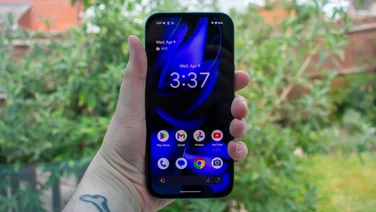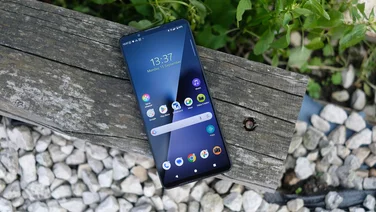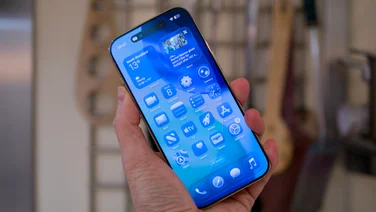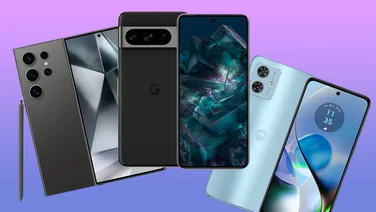To help us provide you with free impartial advice, we may earn a commission if you buy through links on our site. Learn more
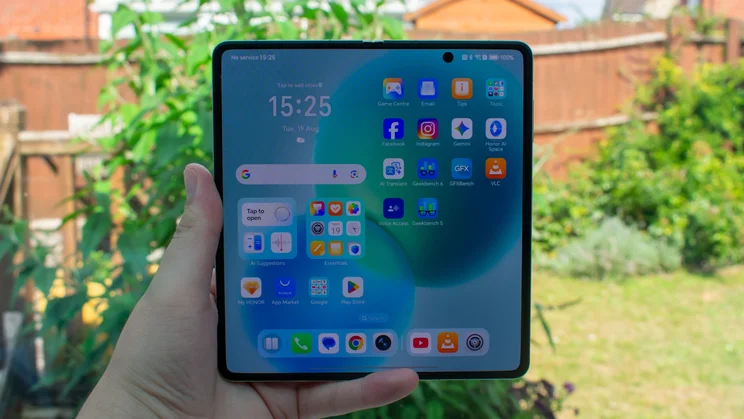
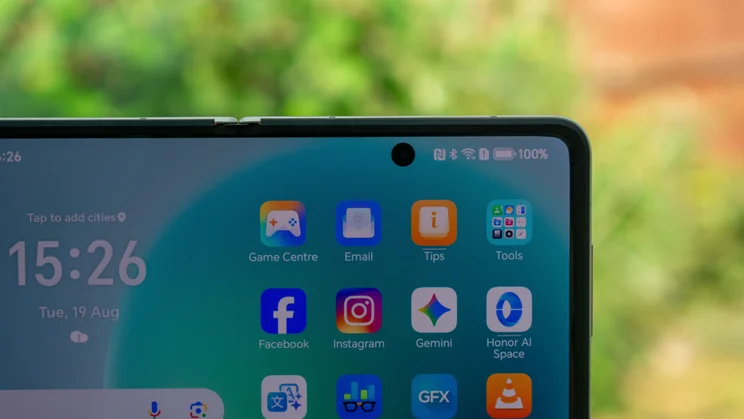
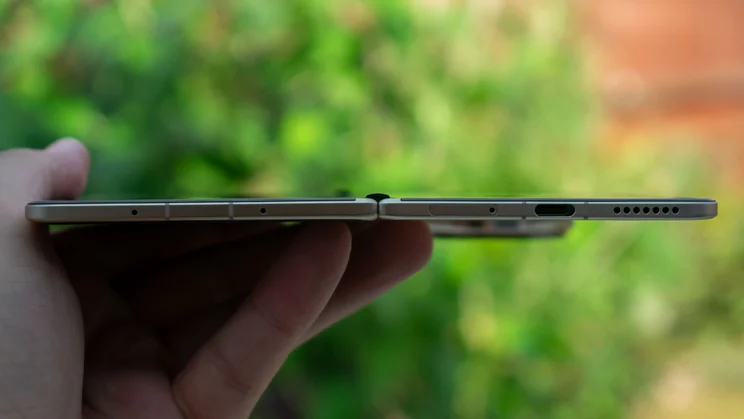
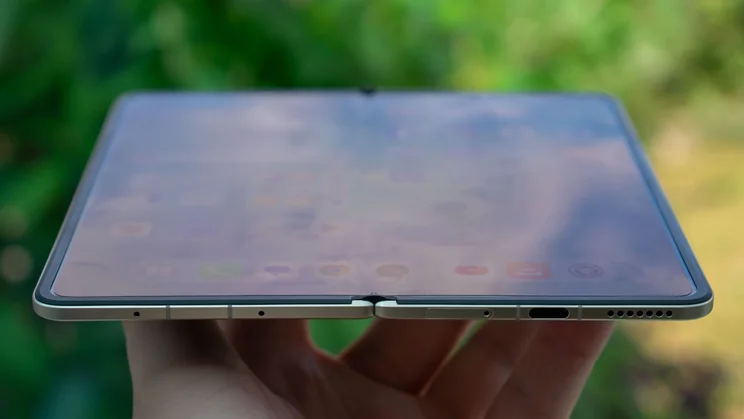
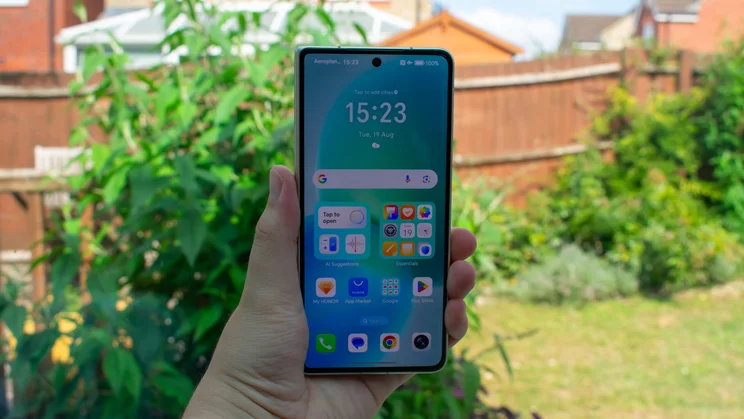
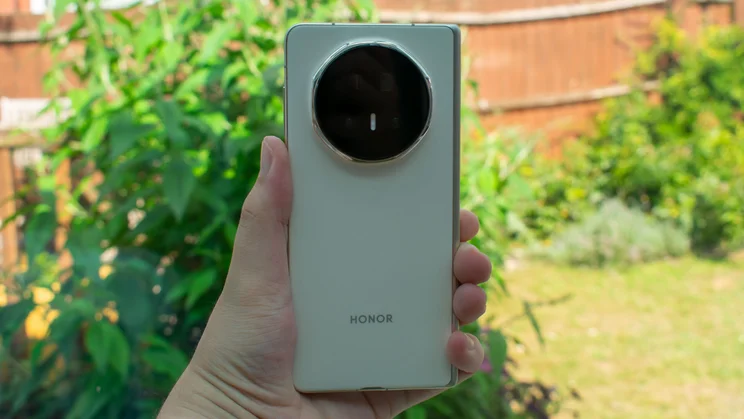
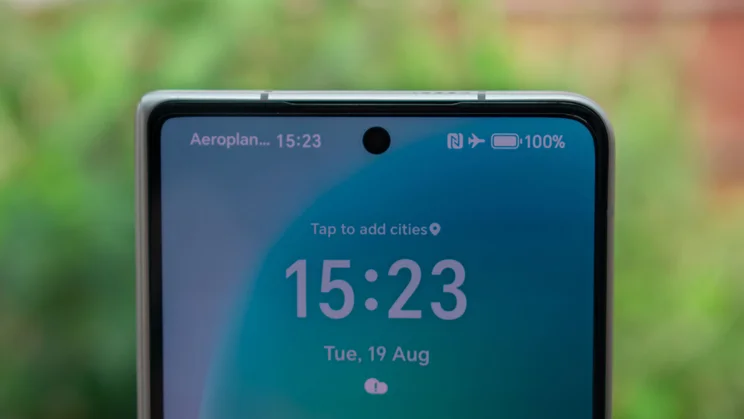
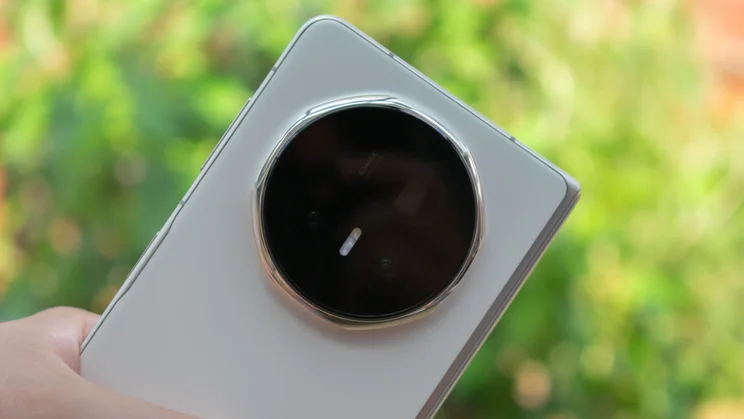
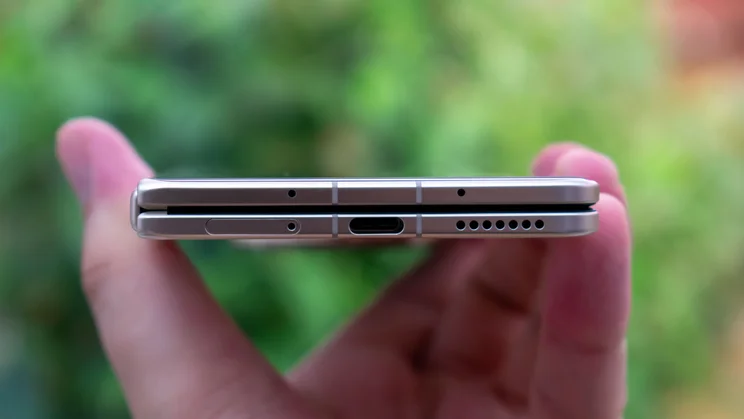
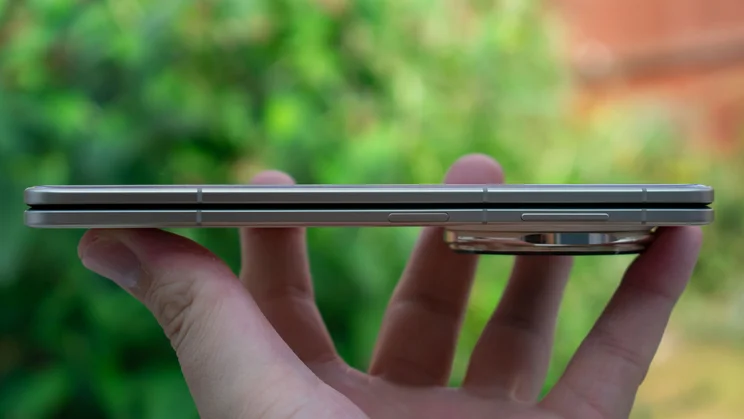
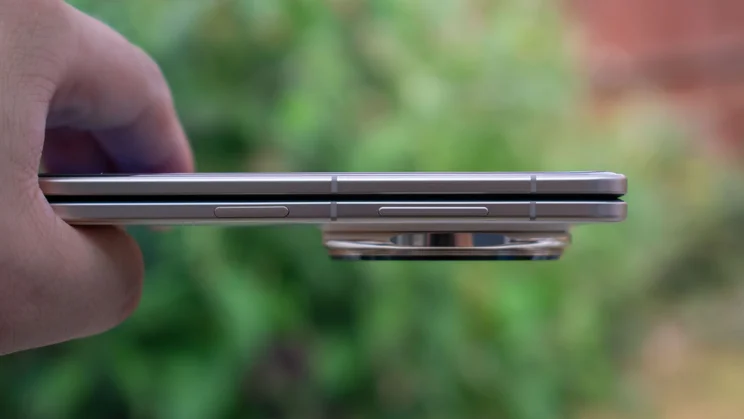
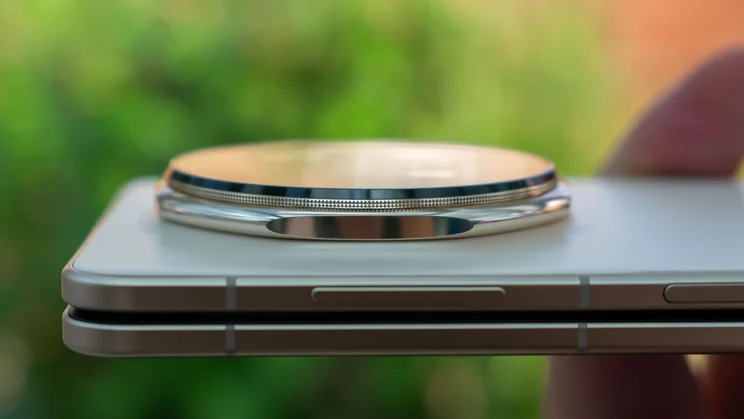
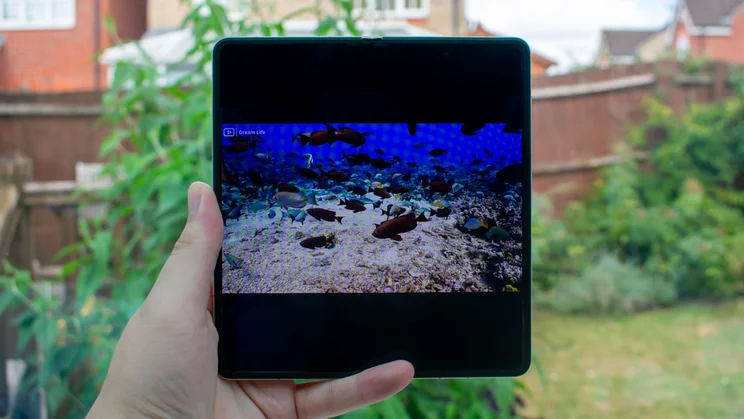
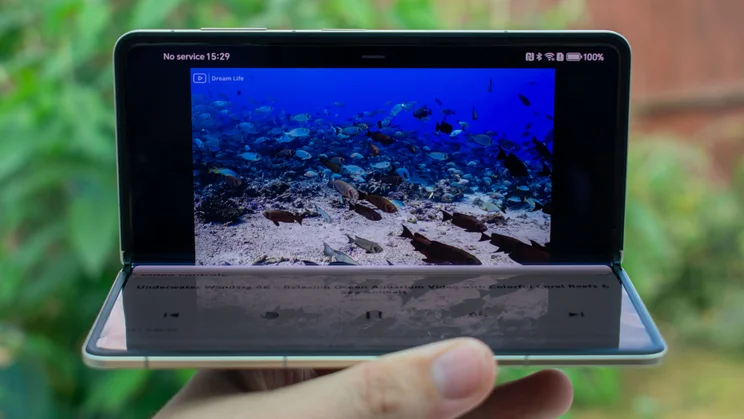
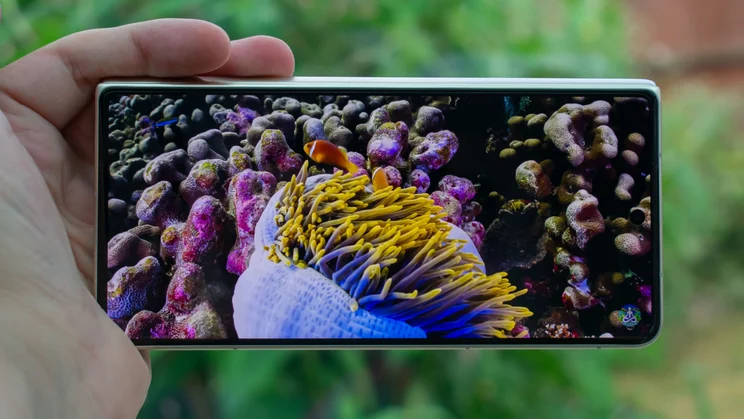
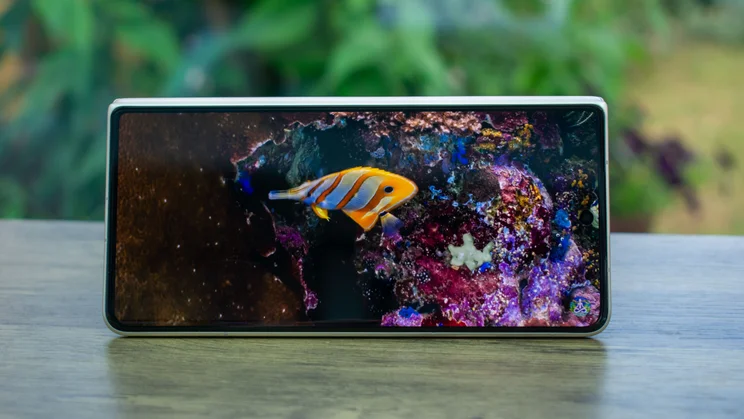
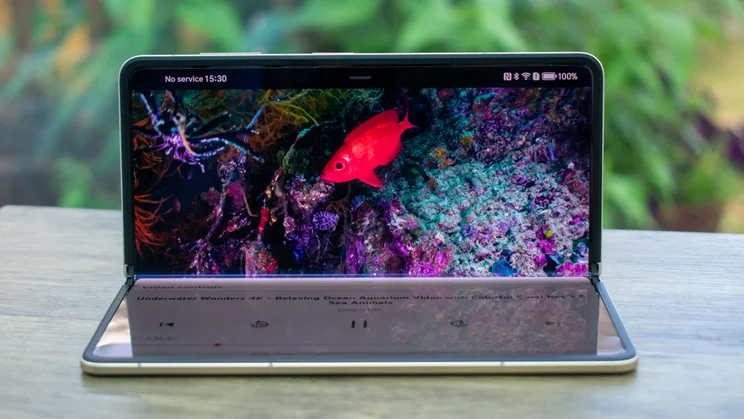
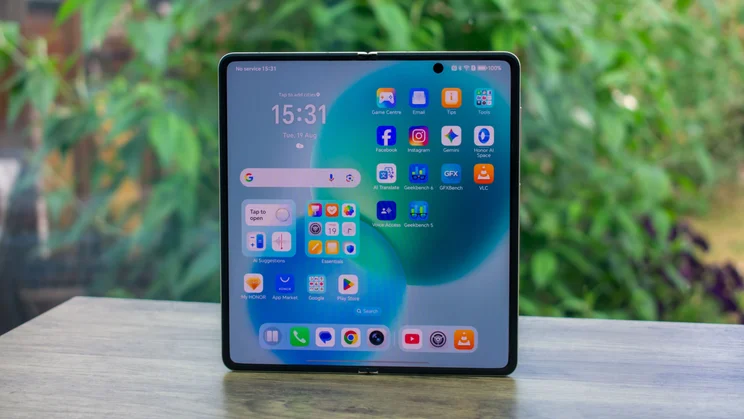
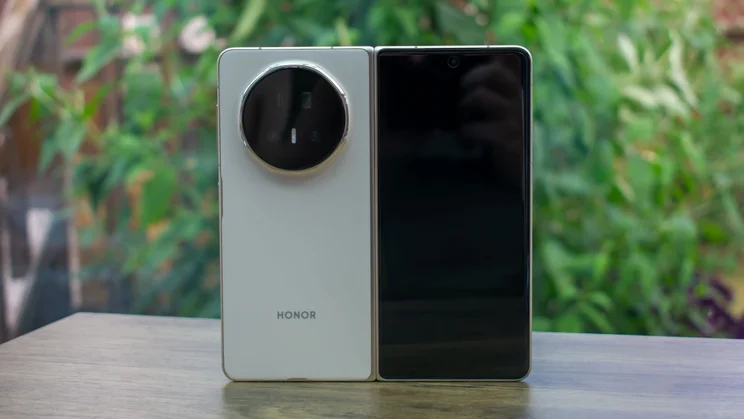
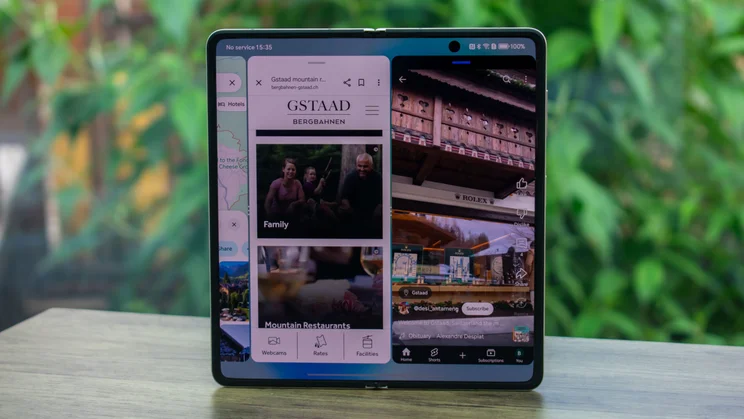







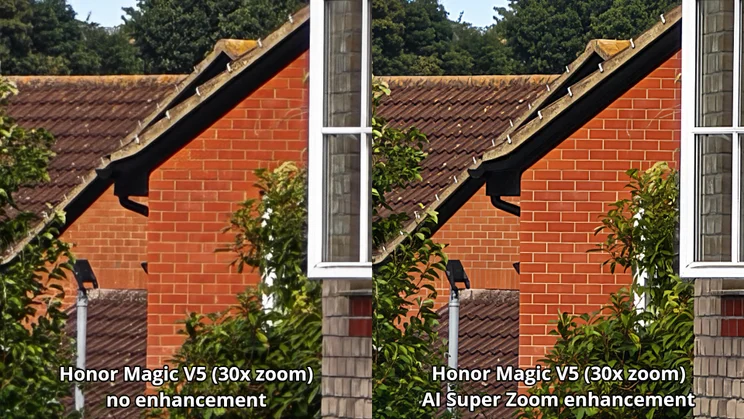
- Slimmest foldable phone yet
- Excellent gaming performance
- Class-leading battery life
- Substantial CPU throttling
- Still not fully dust-tight
- Chunky camera module
The Honor Magic V5 is a central player in one of the most hotly contested smartphone races of the past few years. Market shares for full-size foldable phones have been growing exponentially, and this year we’re seeing some of the strongest competition from each of the top brands fighting for their biggest slices of the pie yet.
While Google has focused on durability this time around and Samsung once again tops the charts for raw power, Honor attempts to find a balance in between, with a ridiculously slim body, improved dust and water resistance and a powerful loadout of flagship hardware.
It gets that balance right for the most part, but there are a couple of wobbles: the svelte build is undermined by a hefty camera housing and the processor isn’t the fastest, either. So while the Honor Magic V5 is another incredibly skinny and polished foldable from one of the best manufacturers in the game, it’s not quite the slam dunk I was hoping it would be.
Honor Magic V5: What you need to know
The Honor Magic V5 is the follow up to my favourite book-style folding phone of last year, the Honor Magic V3, a phone I loved for its slim build, gorgeous displays and (relatively) affordable price tag. The Honor Magic V5 retains the core appeal of its predecessor, and adds in a few extras.




























The build is once again impressively slim, measuring just 4.12mm thick when unfolded. There’s a marginally bigger 7.95in foldable AMOLED main display that claims to get much brighter than last year (5,000nits compared to 1,800 nits) and, once again, the price undercuts the competition.
New to this year’s phone are the Snapdragon 8 Elite processor, a larger 5,820mAh battery, a sharper 64-megapixel periscope telephoto camera and 50-megapixel ultrawide camera, and a more robust IP58/IP59 dust and water resistance rating.
Price and competition
Foldables are already exorbitantly expensive, so it’s good to see the Honor Magic V5 keeping the same £1,699 price tag as last year.
Its biggest competitor is the Samsung Galaxy Z Fold 7, which starts at £1,799 for the model with 12GB of RAM and 256GB of storage. To get the same 512GB of storage as the Magic V5, you’re looking at £1,899, and the top-end model with 16GB of RAM and 1TB of storage is a whopping £2,149. But let’s be honest, who needs 1TB of storage in a phone?




























And then there’s the Google Pixel 10 Pro Fold. This starts at £1,749 for the 256GB model, with the 512GB at £1,869 and the new 1TB model undercutting Samsung at £2,099. It’s not due until October, however, so for the time being, I’ll be comparing the Magic V5 to last year’s Pixel 9 Pro Fold. This is now a fair bit cheaper, starting from £1,399, but massively underperforms compared to this year’s crop, and is quite a bit thicker.
Design and key features
As each new generation of foldables has emerged, much of the focus has been on cutting size and weight and in the Magic V5, this process has reached its pinnacle. Indeed, the dimensions here border on the physics-defying: folded, the Magic V5 measures a mere 74 x 8.8 x 157mm (WDH); unfolded, however, it’s a frankly silly 4.12mm thick, with a footprint of 146 x 157mm (WD).




























It’s the thinnest foldable phone around, but you probably wouldn’t notice much of a difference between this phone and the Samsung Galaxy Z Fold 7, even if you held them next to each other. The Samsung is slightly thicker at 8.9mm folded and 4.2mm unfolded and a couple of grammes lighter, at 215g.
These differences are neither here nor there, however. The key takeaway is that foldable phones seem finally to be getting to a place where holding one and carrying it in your pocket isn’t noticeably more cumbersome than a standard slab phone. I also think we’re rapidly approaching the limit of how thin these things can get – in their current form, at least. No doubt manufacturers are already discussing ditching the USB-C port to further slim down the dimensions, but that doesn’t feel particularly user-friendly to me.




























It’s also worth noting that only the white model reviewed here gets those record-breaking dimensions. The Black and Gold variants are a tiny bit thicker – 9mm folded and 4.2mm unfolded – and weigh a marginally heavier 222g. And, of course, these measurements are made only on the thinnest part of the phone – there’s still a rather chunky camera housing on the rear that’s perhaps 60% as thick as the folded depth of the phone, so that detracts from the feeling of slimness somewhat.
Honor has also made decent strides in the other key foldable phone battleground: durability. The Magic V5 is rated IP58/IP59 for dust and water resistance, which means it is protected to a point that dust cannot enter in amounts that would interfere with operation and it can withstand submersion in 1.5m of water for up to 30 minutes, as well as high temperature jets from any direction.




























That’s a step up from the Galaxy Z Fold 7’s IP48 rating, which only protects against particles over 1mm in diameter, but Honor hasn’t quite managed to make it fully dust-tight, like the IP68-rated Pixel 10 Pro Fold. Neither the Samsung nor the Pixel are protected against high-temperature jets of water, though, so Honor has the edge there.
Honor also has the edge when it comes to stylus support. Unlike Samsung, which dropped stylus compatibility in order to achieve the Galaxy Z Fold 7’s thinner dimensions, the Magic V5 supports jotting and scribbling on the internal display using Honor’s Magic Pen.




























And while in previous years Honor has languished in the twin shadows of Google and Samsung when it comes to software support, that is a problem of the past in 2025. With the Magic V5, Honor is pledging to the same seven years of OS updates and security patches for all of its flagship phones, bringing it level with its two main Android competitors.
The software itself – Android 15 with Honor’s MagicOS 9.0 launcher on top – isn’t quite as streamlined as the Pixel launcher but it’s about as user-friendly as Samsung’s OneUI. It comes with a handful of AI features carried over from the Magic 7 Pro flagship, including deepfake detection and live translations, as well as the Honor Connect app, which makes wirelessly transferring files to and from iPhones both easier and more efficient.
Displays
The cover display is exactly the same as on the Magic V3. It’s a 6.43in AMOLED panel with a resolution of 2,376 x 1,060 and a dynamic LTPO refresh rate that can adjust between 1Hz and 120Hz. Brightness is decent enough, especially when displaying HDR content, where it reached a fantastic 1,676cd/m2 in my tests, and the colour accuracy is just as good as last year. The average Delta E colour error score came back at 0.99 on the Natural colour profile versus sRGB, which is superb.




























The new 7.95in internal display doesn’t miss a step, either. It’s marginally sharper than the Magic V3, with a resolution of 2,352 x 2,172, and comes with the same 120Hz LTPO refresh rate as the cover display. It also gets reasonably bright, reaching 811cd/m2 on adaptive brightness and 1,187cd/m2 when displaying HDR content.
What’s not the same as last year, however, is the crease down the middle. The Magic V3 already had a very discreet display crease but Honor has redesigned the hinge this year to decrease (heh) the crease size by 30%. It’s a noticeable improvement, to the point where it’s near-enough invisible with the display turned on.




























Colour accuracy impresses here, too. The Vivid profile’s strong, vibrant colours are better for streaming and gaming but for authenticity, it’s Natural all the way. Here, I recorded an sRGB gamut coverage of 95.3% and a total volume of 96.1%, with the average Delta E error score coming back at 1.06 – once again, right on the money.
Performance and battery life
Since it first appeared in a smartphone, the Snapdragon 8 Elite has shown itself to be the most powerful chipset on the market, with nearly every handset using it sitting at the top or near the top of the performance tables. Which made the results of my Geekbench 6 testing on the Honor Magic V5 a little confusing.
Not only were the Honor Magic V5’s results a long way behind those of the Galaxy Z Fold 7 (which uses a slightly overclocked “For Galaxy” variant of the Snapdragon 8 Elite), but they were also lower than last year’s Honor Magic V3.




























Despite the raw power of the Snapdragon 8 Elite, I suspect that the Magic V5’s skinny build has come at the expense of a cooling system that’s strong enough to handle this chipset at full capacity, and we’re seeing some throttling to keep the phone from overheating.
This doesn’t mean the Honor Magic V5 is sluggish to use – quite the opposite. In testing, I found it to be wonderfully efficient, with smooth transitionis between apps and no instances of lag when running multiple programs simultaneously.
When we’re talking about this kind of money, however, anything but the best is still disappointing to see. If you want to make sure you’re getting the most power for this high price, the Samsung Galaxy Z Fold 7 delivers more bang for your buck.
But whatever throttling may be happening on the CPU side of things clearly doesn’t affect gaming, because the Magic V5 absolutely demolished our GFXBench GPU tests. Delivering the highest offscreen results and very good onscreen results, too, this is an excellent phone for gaming. Indeed, I ran Genshin: Impact on the highest graphics settings and found gameplay was crisp, smooth and superbly responsive.
And squeezing in that larger battery has clearly paid off for the Magic V5. The big 7.95in main display ran our looping video for a total of 25hrs 32mins before tapping out – the best result we’ve had yet from a book-style foldable, around two hours better than the Galaxy Z Fold 7 and over four hours longer than the Magic V3.
Testing with only the cover display enabled delivered even more impressive results, with the phone lasting a phenomenal 36hrs 17mins before giving up the ghost. That’s up there with the best phone battery life I’ve ever recorded.
And when you do need to top up the battery, charging speed is also better than the competition. Connect it to a regular USB charger and you’ll get up to 40W, which will charge the battery from empty to 50% in 23mins, and on to full in around an hour. By comparison, the Galaxy Z Fold 7’s 25W charging took 1hr 25mins to hit 100%.
You can also long-press the screen to enable faster 66W charging; the phone warns you that it will likely warm up a bit to achieve this speed. In this mode, I saw a full charge in 50 minutes and the phone did indeed get quite warm.
Cameras
The biggest change to the camera suite is the new 64MP periscope telephoto camera. In addition to having more pixels than last year’s 50MP unit, this sensor has a wider aperture (f/2.5, compared to f/3.0), but balances the scales by offering a slightly lower optical reach, now hitting 3x, instead of 3.5x.
The results are still very good, especially when taking portrait style shots. Detail is exquisite, the focus on your subject is strong and the background blur is creamy smooth.

As before, the Magic V5 can shoot hybrid zoom all the way up to 100x, with Honor’s AI Super Zoom feature giving shots over 30x a polish to smooth out any rough areas. This can be fairly hit and miss, especially with people in frame, but it gets the job done well enough when you’re shooting landscapes.

The 50MP (f/1.6) main camera is identical to last year, which I have no problem with as it was a decent shooter. Its wide aperture, along with optical image stabilisation (OIS) help the sensor to suck in plenty of light, delivering images that are crisp, well-exposed and packed with impressive amounts of detail.
Colour is on the more natural side of things, which I prefer, but anyone who’s used to the larger-than-life hues of Samsung’s phones may find the Magic V5’s muted by comparison.

Where this lens struggled on the V3 was at night, adding an unnatural green hue to all my test shots. That bug appears to have been worked out this year, leaving a solid night camera that plucks out a decent amount of detail and (thankfully) keeps colours looking far more natural.

The ultrawide camera gets a couple of upgrades over last year, with a slightly wider f/2.0 aperture and a more pixel-dense 50MP sensor. The colour tone is a decent match for the main sensor and there’s a good amount of detail centre-frame, but the edges still show the tell-tale blurring that plagues all ultrawides to some degree.

Rounding things off are a pair of 20-megapixel (f/2.2) selfie cameras, and video recording that supports 4K capture at 60fps. The Galaxy Z Fold 7 offers 8K video at 30fps and an option to shoot LOG footage for more granular control in editing, but otherwise the Magic V5 is roughly on par with the competition.
Honor Magic V5: Verdict
The Honor only really has one weakness but its strange under-performance in the CPU benchmarks doesn’t really hurt the Magic V5, especially when it excels in so many other areas. It certainly doesn’t hurt it enough to lose my recommendation. The simple fact is the the Magic V5 is still plenty powerful, and will be more than nippy enough for most users.
If you aren’t most users, and you need the absolute pinnacle of performance (not an unreasonable request when we’re talking about this kind of money), you’ll be better off with the Samsung Galaxy Z Fold 7. It’s basically just as thin, also has excellent stamina and cameras and gets you that lightning fast performance you need.
For everyone else, however, there’s a strong argument for choosing the Honor Magic V5 over the Samsung. The battery life is class-leading, the build is incredibly skinny and it’s got that marginally better durability for extra peace of mind. Throw in software support that matches Google and Samsung, and this is right up there with the best foldable phones you can buy.

